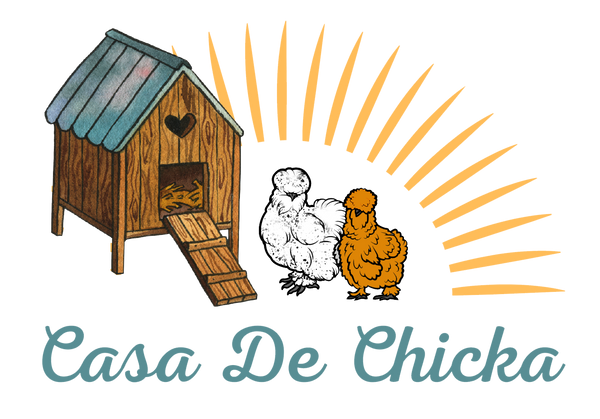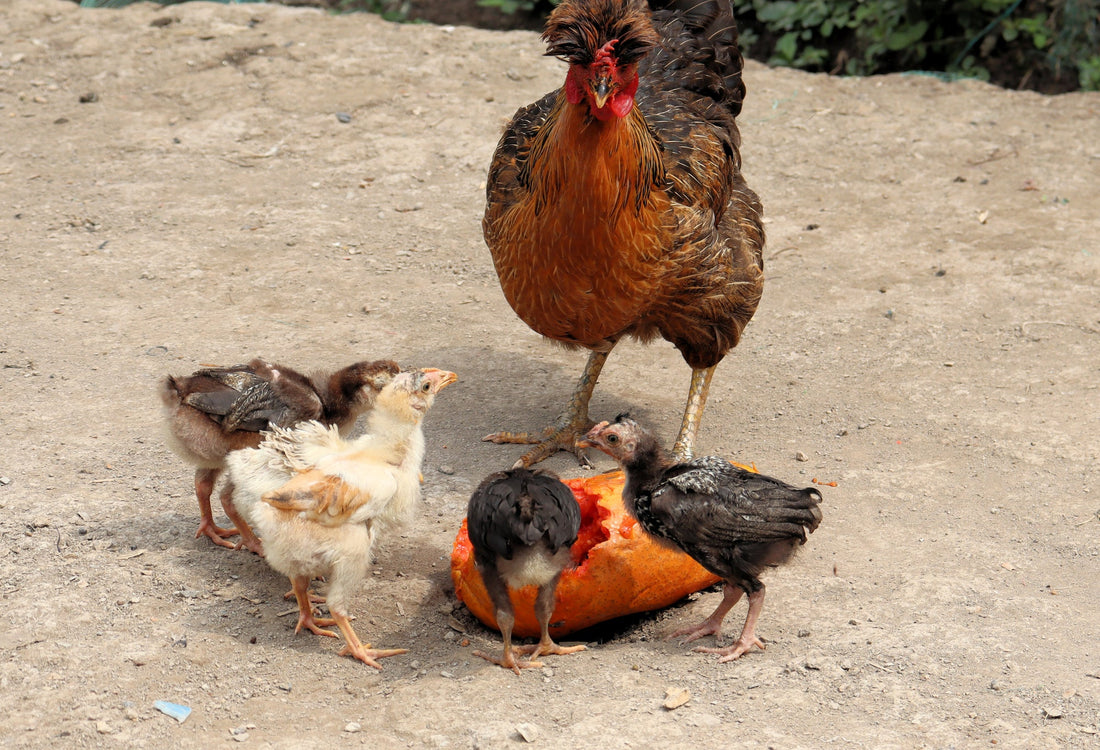In the intricate social structure of chicken flocks, establishing and maintaining a pecking order is essential for maintaining harmony and order. However, disputes over hierarchy can sometimes escalate into aggressive behavior, resulting in injuries among flock members. Understanding the dynamics of the pecking order and recognizing the signs of aggression-induced injuries are crucial for providing prompt and effective treatment to affected chickens. Join us as we explore the phenomenon of pecking order wounds, identify common injuries, and discuss strategies for treating and preventing aggression within the flock.
The Dynamics of the Pecking Order
Within a chicken flock, the pecking order is a hierarchical system that determines the social ranking of individual birds. This hierarchy is established through a series of dominance behaviors, including pecking, chasing, and vocalizations, with higher-ranking birds asserting their authority over lower-ranking individuals. The pecking order helps maintain order within the flock, reducing conflict and facilitating cooperation in activities such as foraging, roosting, and nesting.
Recognizing Signs of Aggression and Injury
Despite its role in maintaining social order, the pecking order can sometimes lead to aggression and conflict within the flock. Signs of aggression may include excessive pecking, chasing, feather pulling, and vocalizations such as squawking or distress calls. Injuries resulting from flock aggression can range from minor scratches and abrasions to more serious wounds such as punctures, lacerations, and bruising. It's essential to monitor flock dynamics closely and intervene promptly if signs of aggression or injury are observed.
Common Types of Pecking Order Injuries
Pecking order injuries can manifest in various forms, affecting different parts of the chicken's body. Common types of injuries resulting from flock aggression include:
- Feather Loss and Damage: Aggressive pecking can lead to feather loss and damage, particularly around the head, neck, and back areas. Feather picking may escalate into cannibalism if left unchecked, posing a serious threat to the health and welfare of affected birds.
- Skin Abrasions and Bruising: Pecking and scratching can cause superficial skin abrasions and bruising, resulting in pain and discomfort for affected chickens. While these injuries may appear minor, they can become infected if not properly treated.
- Puncture Wounds: Aggressive pecking may result in puncture wounds, particularly on the head, comb, wattles, and feet. Puncture wounds can penetrate deep into the tissue, leading to pain, inflammation, and potential infection if not promptly cleaned and treated.
Treating Pecking Order Injuries
Prompt and appropriate treatment is essential for addressing pecking order injuries and promoting healing in affected chickens. Treatment strategies may include:
- Isolation and Rest: Remove injured chickens from the flock and isolate them in a quiet, separate area to minimize stress and allow for rest and recovery. Providing a comfortable, clean environment with access to food, water, and shelter is essential for supporting healing.
- Wound Cleaning and Disinfection: Cleanse pecking order wounds with a gentle antiseptic solution such as diluted chlorhexidine or saline solution to remove debris and bacteria. Apply topical antiseptic ointments or wound sprays to prevent infection and promote healing.
- Pain Management: Administer pain relief medications such as non-steroidal anti-inflammatory drugs (NSAIDs) to alleviate pain and discomfort in injured chickens. Consult with a veterinarian for appropriate dosage and administration guidelines.
Preventing Flock Aggression
Preventing flock aggression is essential for minimizing the risk of pecking order injuries and promoting a harmonious environment within the flock. Strategies for preventing aggression include:
- Provide Adequate Space: Ensure that chickens have sufficient space in the coop and outdoor run to reduce crowding and competition for resources.
- Enrich the Environment: Provide enrichment activities such as perches, dust baths, and foraging opportunities to reduce boredom and redirect aggressive behaviors.
- Monitor Flock Dynamics: Regularly observe flock interactions and intervene promptly if signs of aggression or bullying are observed. Separating aggressive birds or implementing temporary barriers can help defuse tense situations.
Promoting Peace and Healing
Pecking order injuries can pose significant challenges for chicken keepers, but with proper understanding and intervention, affected birds can recover and thrive. By recognizing the signs of aggression, providing prompt treatment, and implementing preventative measures, chicken keepers can promote peace and healing within the flock. Remember to monitor flock dynamics closely, address aggression promptly, and prioritize the well-being of all flock members to create a harmonious and healthy environment for chickens to flourish.

